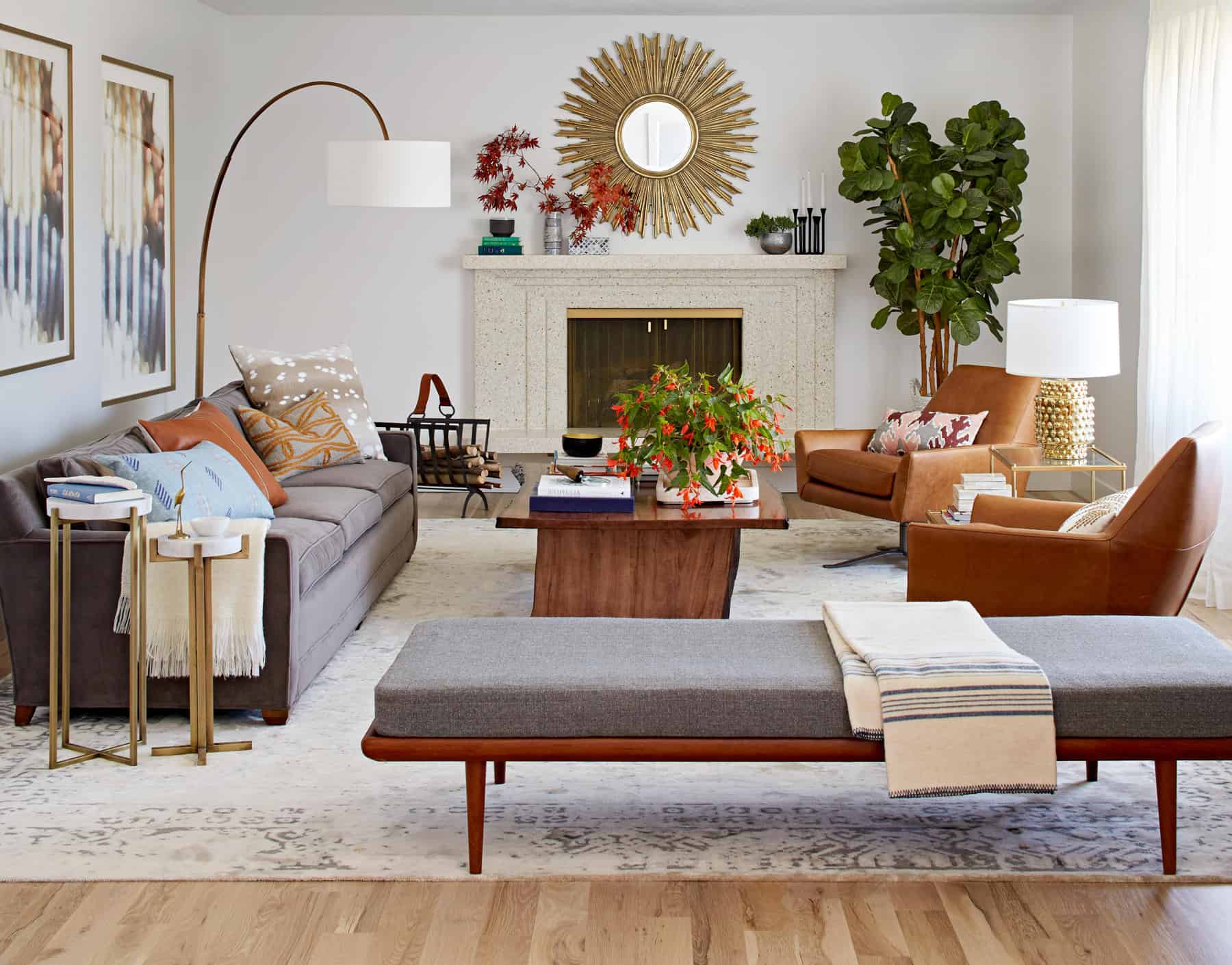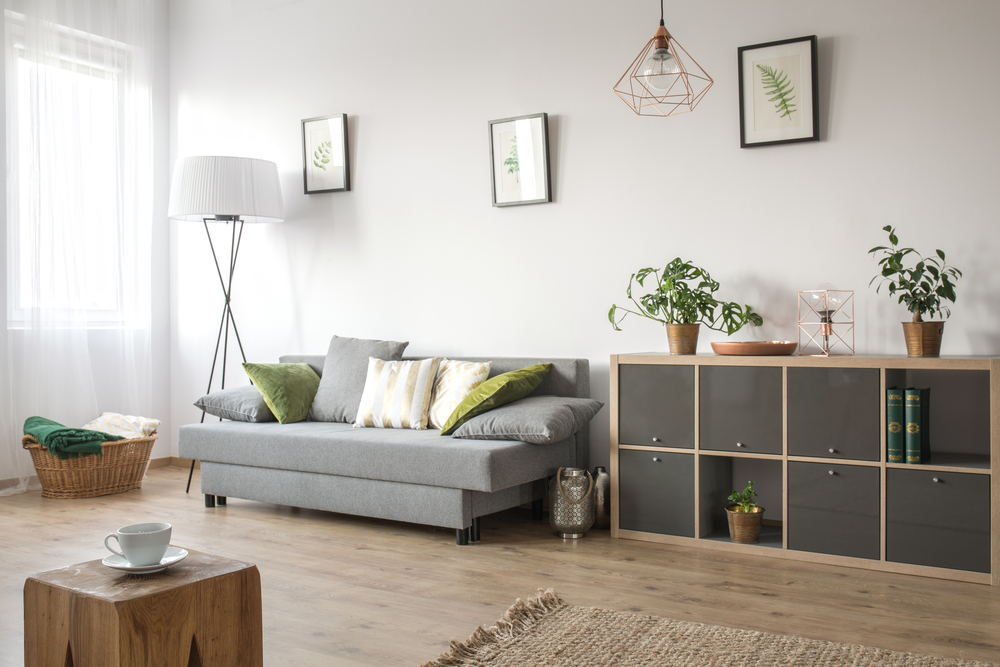

Add in some straight-line drawer pulls in polished stainless steel to complete the look and bam, your kitchen just became the star of the show. An all-white island will pop against a wall of black cabinetry. This is a chance to add texture and layers thanks to creative countertop materials and shiny appliances. Surprisingly, the kitchen is the room that often sees some excitement in a minimalist home. If you want a true white-on-white space, these textures will add enough visual interest to keep the design feeling luxurious. Minimalist spaces work best when multiple textures are combined, like a leather sofa, glass coffee table, and a soft, plush area rug on wood floors. Rather than adding patterns to your space, try adding texture.
MINIMALIST HOME FULL
Ideally, you have a home full of massive windows that let you gaze out to nature to unwind, but if not, bring in a few carefully selected potted plants to add a touch of life to the space. These simple touches will pop against the bright white of the rest of the space, while not creating visual clutter. Bring in black accent pieces like a glass block accent table or lighting with black shades. Accent the white walls with exotic wood flooring. Try a single, oversized piece of artwork on the wall above the sofa. While a white color palette may sound boring, it can be refined and luxurious when paired with the right accents. Blending the two styles can bring interesting visual contrast to the space and break up the monotony of straight lines. You’ll also find some minimalist pieces carry over the simple curves from midcentury modern designs. Furnishings continue the theme of straight lines with no ornamentation, but they are high-end pieces made for comfort and relaxation. Instead, the white creates a blank slate background that allows your mind to declutter from your hectic life. White is the primary (and sometimes only) color, but this doesn’t mean spaces feel stark.

The ideal minimalist home should feel serene. There are clearly defined zones that offer multiple ways to enjoy the outdoors, including dining rooms, sitting areas, and a space for solitary contemplation such as a sunbed or single lounge chair looking out to nature. Often created to feel like a luxury getaway right in your own backyard, these outdoor rooms are perfectly positioned to make the most of whatever view the home has to offer. A flat roofline goes from basic to exciting when cantilevered out to create an awning for an outdoor patio or through the use of a change in materials, such as an exotic wood pergola.īecause a connection to nature is such a key element of the minimalist philosophy, careful thought is put into the exterior spaces of the home. The square box form becomes playful when laid out in a unique way or stacked off-center. Gettyīright white may be the primary tone for the exterior of minimalist homes, but these homes are often accented with black or natural wood elements to create visual contrast. So while some iconic designs like the Farnsworth House (a design that has been called “modernist minimalism”) are in essence white boxes, most true minimalist houses are visually striking from the outside. Avant-garde designs were just coming into play when minimalism first took hold.

Remember, minimalism was built on the back of midcentury modern. All this talk of simplicity may have you picturing a basic, boring box of a house. Minimalist architecture is not what you might expect. In design, it’s called “quiet” - a room with no architectural ornamentation and little to no artwork reduces visual “noise,” making it easier to meditate and focus your mind. This has long been a guiding principle of Japanese design - creating a space that lets nature be number one. And relaxing on the sofa, in an unadorned space, while gazing out the window, allows for a connection to nature to be developed. A clean-lined sofa becomes art when it is one of the only pieces in the room. Instead, the few pieces that do adorn a room are often high-end and visually striking. This idea of simple spaces doesn’t mean minimalism is sterile. Silicon Valley has embraced tech-centric minimalism with crisp white interiors, white furnishings, and even white electronics designed to be a blank slate that lets creativity blossom. While midcentury modern saw hints of influence from Japanese aesthetics, minimalism went even further, fully embracing the philosophy that simplicity is the ultimate way to connect with nature.Ĭontemporary minimalism has seen a shift toward all-white structures dotted with deep black accents or incorporating natural elements like wood and stone. Midcentury modern architects and designers took the idea of reduced ornamentation and simple lines in both furnishings and architecture to its extreme. Minimalism first began in the 1960s as an extension of the midcentury modern style.


 0 kommentar(er)
0 kommentar(er)
